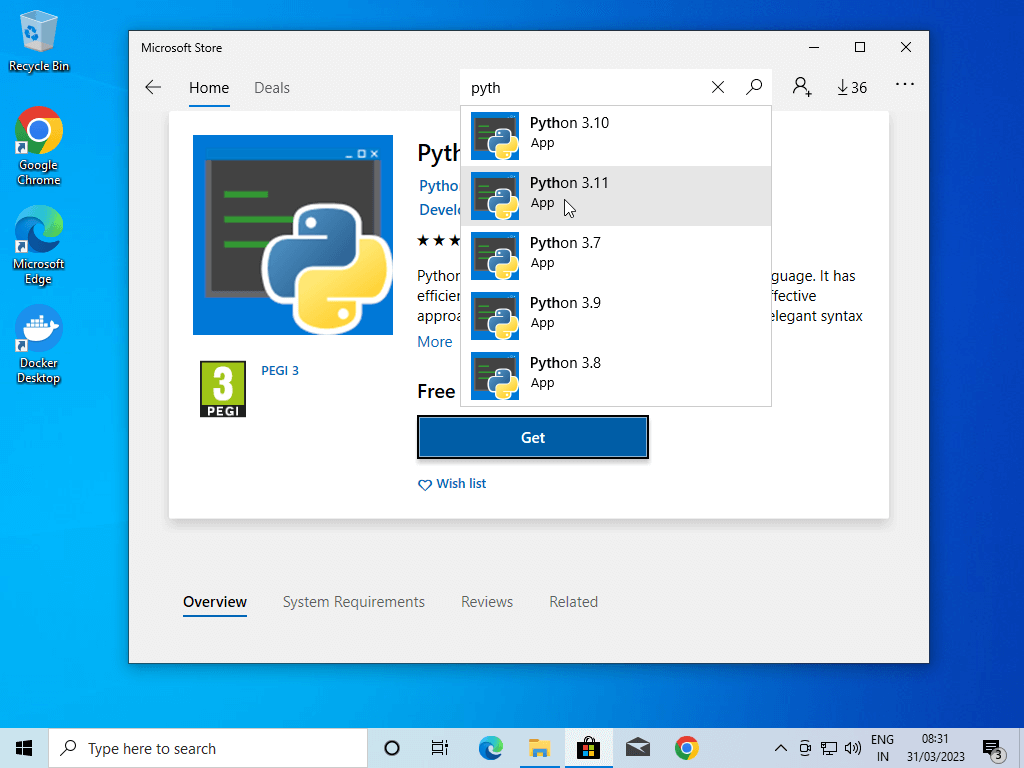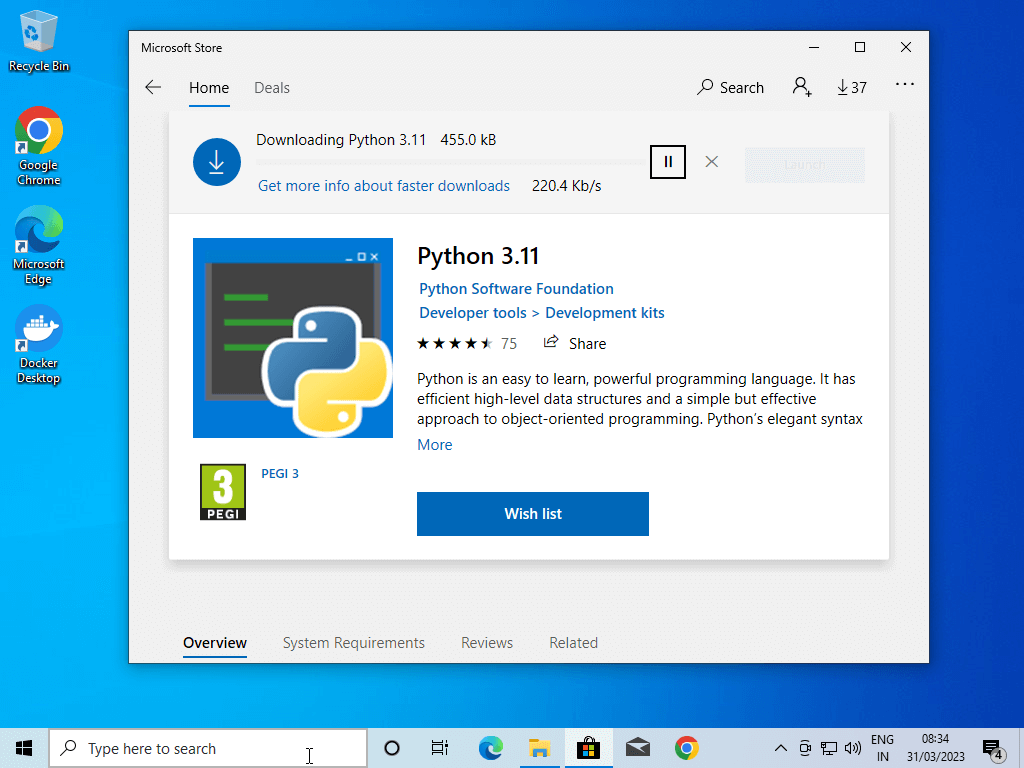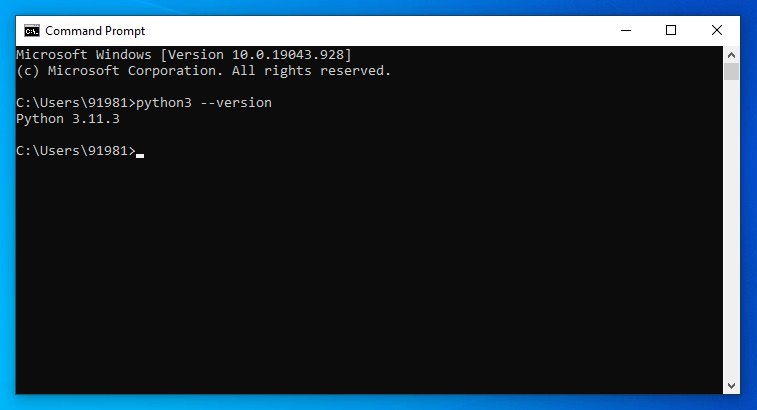Python is a versatile and widely-used programming language that is employed for a range of applications such as web development, data analysis, artificial intelligence, and many others.
Unlike compiled languages, Python is an interpreted language, meaning it does not require compilation before execution. This feature allows for faster and more efficient coding, testing, and debugging, as code can be executed immediately, without having to wait for a lengthy compilation process.
In this tutorial, we will guide you through the process of installing Python on different operating systems, including Linux, Windows, and Mac, so that you can start exploring Python on your preferred platform.
Install Python on Linux
Python comes pre-installed on most Linux-based distributions. However, if you do not have Python installed on your Linux system, you can easily install it using your respective package manager as shown.
$ sudo apt install python3 [On <strong>Debian, Ubuntu and Mint</strong>] $ sudo yum install python3 [On <strong>RHEL/CentOS/Fedora</strong> and <strong>Rocky/AlmaLinux</strong>] $ sudo emerge -a sys-apps/python3 [On <strong>Gentoo Linux</strong>] $ sudo apk add python3 [On <strong>Alpine Linux</strong>] $ sudo pacman -S python3 [On <strong>Arch Linux</strong>] $ sudo zypper install python3 [On <strong>OpenSUSE</strong>]
After completing the installation, run the following command in the terminal to confirm Python installation on Linux.
$ python3 --version

Install Python on Windows
The first step to installing Python on Windows is to open Microsoft Store from the taskbar. You can do this by clicking the store icon in the taskbar or searching for “Microsoft Store” in the Start menu.
When the Microsoft Store opens, use the search box to find Python. Choose which version of Python you want to install. We recommend installing the latest version, which is 3.11.

Click the “Get” button to start installing Python on your Windows computer. The Microsoft Store automatically downloads and installs the necessary files, making the installation process hassle-free.

After the Python installation is completed, you can verify that the installation was successful by opening a command prompt on your Windows computer and running the following command to see the Python version number installed on your computer.
$ python3 --version

Alternatively, you can also install Python on Windows by downloading the appropriate Python version for your system and running the installer to perform the installation.
Install Python on Mac
To install Python on your Mac, you can use Homebrew, a popular package manager for macOS. To install Homebrew, open a terminal and run the command:
$ /bin/bash -c "$(curl -fsSL https://raw.githubusercontent.com/Homebrew/install/HEAD/install.sh)"
Once Homebrew is installed, you can use it to install Python on your Mac by running:
$ brew install python
Alternatively, you can download the latest Python version and run the installer after downloading the .pkg file, double-click it to run the installer.
To verify that Python has been successfully installed on your Mac, open a terminal and type the command:
$ python3 --version
Conclusion
Installing Python on Linux, Windows, and Mac is a simple process and every user can do it by following a few simple steps. If you are a Linux user, you can use the terminal to install Python and for that, you just need to update your Linux repository and run the command to install Python.
For Windows, you have multiple options like installing or downloading Python from the Microsoft Store or running an exe file downloaded from the official website and installing Python from there.
If you are using Mac, you can download the .pkg file from the Python website and follow the onscreen instructions to install it or use the Homebrew package manager to install Python on Mac.
